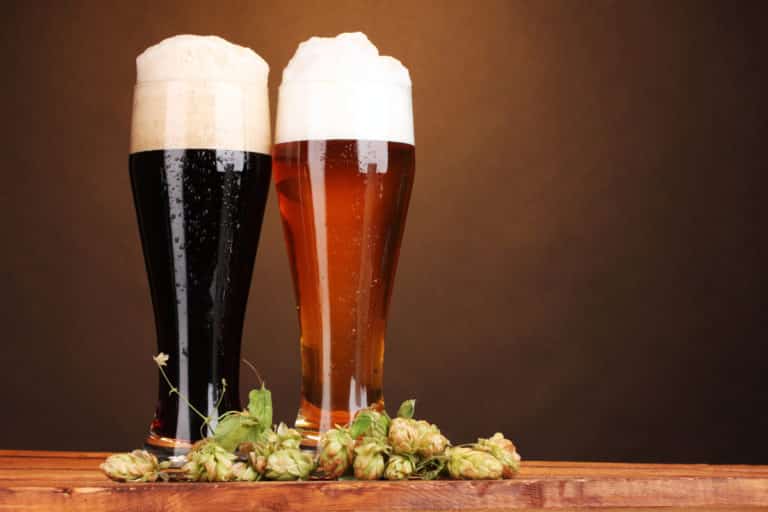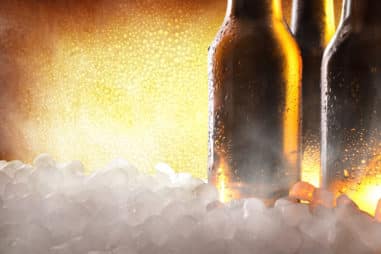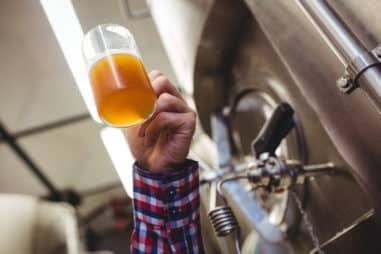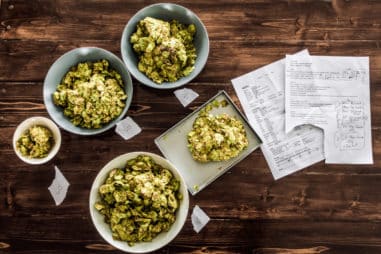The resulting beer from top or bottom fermentation is not set in stone. There are also other factors that vary depending on the recipe you choose. Factors like ingredients, temperature, and time — for starters. To really get to the bottom of their difference, everything needs to be boiled down to their respective fundamentals.
Assure yourself of a fortified brewing foundation. Discover here and now the elementary nature of Top and Bottom Fermentation to make your next brew a big sensation!
What Is the Difference Between Top and Bottom Fermented Beer?
It will sound like an answer smarty pants would say, but in the simplest terms, the adjectives “top” and “bottom” say it all. Moreover, the difference mostly relates to what the yeast used is and how it is managed during the brewing process. And ultimately, it involves the kinds of characteristic hints of flavor that come out of processing beer one way or the other.
Here is a quick enumeration of how this would make sense:
| Top-Fermented Beer | Bottom-Fermented Beer | |
| Yeast | Top-Fermenting. Floats and accumulates at the top of the tank. | Bottom-Fermenting. Sinks and packs at the bottom of the tank |
| Common Complete Brewing Duration | Seven (7) days at the least | At least one (1) month |
| Common Flavor Profile Experience | Full-Flavored, usually Complex, and can have Spicy and Fruity tones | Crisp, Clean, Mellow |
Top and Bottom Fermentation Yeast
Scientifically, Top and Bottom Fermentation Yeast are known as the following:
- Saccharomyces Cerevisiae and
- Saccharomyces Pastorianus, respectively.
Non-scientifically, they are tagged as Ale yeast and Lager yeast, respectively.
Top-fermenting yeast has been traced in beer all the way back to 2000 BCE. While bottom-fermenting yeast has only been made the most out of in and around the 1800s. This is thanks to the lager yeast’s isolation and the dawn of refrigeration.
What Is the Difference Between Top Fermented Yeast and Bottom Fermented Yeast?
Here is a table underscoring the key differences of these beer-making beauties:
| Top-Fermenting Yeast | Bottom-Fermenting Yeast | |
| Associated Beer Type | Ale, Top-Fermented Beer | Lager, Bottom-Fermented Beer |
| Common Fermentation Temperatures (varies by recipe) | 60 to 75°F or 16 to 24°C | 42 to 54°F or 6 to 12°C |
| Fermentation Observation | The majority is inclined to separate from the wort and float to the top. Almost like how oil separates from water. | The yeast drifts down and settles at the bottom of the tank. You can visualize it loosely as how rain works. |
| Fermentation Foam | Vigorous | Muted |
Is Lager Top Fermented or Bottom Fermented?
All Lagers are Bottom Fermented because they are brewed using bottom-fermenting yeast. And the fact of the matter is, they are a product of the isolation of that particular yeast. And without said yeast, there would be no Lager.
Are Ales Top or Bottom Fermented?
With all the information you have read up to this point, you can safely conclude that Ales are Top Fermented. This is because they work with top-fermenting yeast, which is a hallmark of top fermentation. There is really nothing more to it than the type of yeast.
Is IPA Top or Bottom Fermented?
IPA’s classification is in the name itself: India Pale Ale. With an emphasis on “Ale” as the operative word. Having said that, IPAs are Top Fermented by virtue of them being an ale.
IPAs are flavorful beer that is highly hopped to get that representative bitterness. And then top that off with hints of citrusy or fruity yeast magic from its ale heritage.
Is Stout Top or Bottom Fermented?
A Stout, by its brewing definition, is made from Ale yeast. They are ales full of flavor, and more often are intensely colored to shout out tastes close to the realm of coffee or chocolate.








